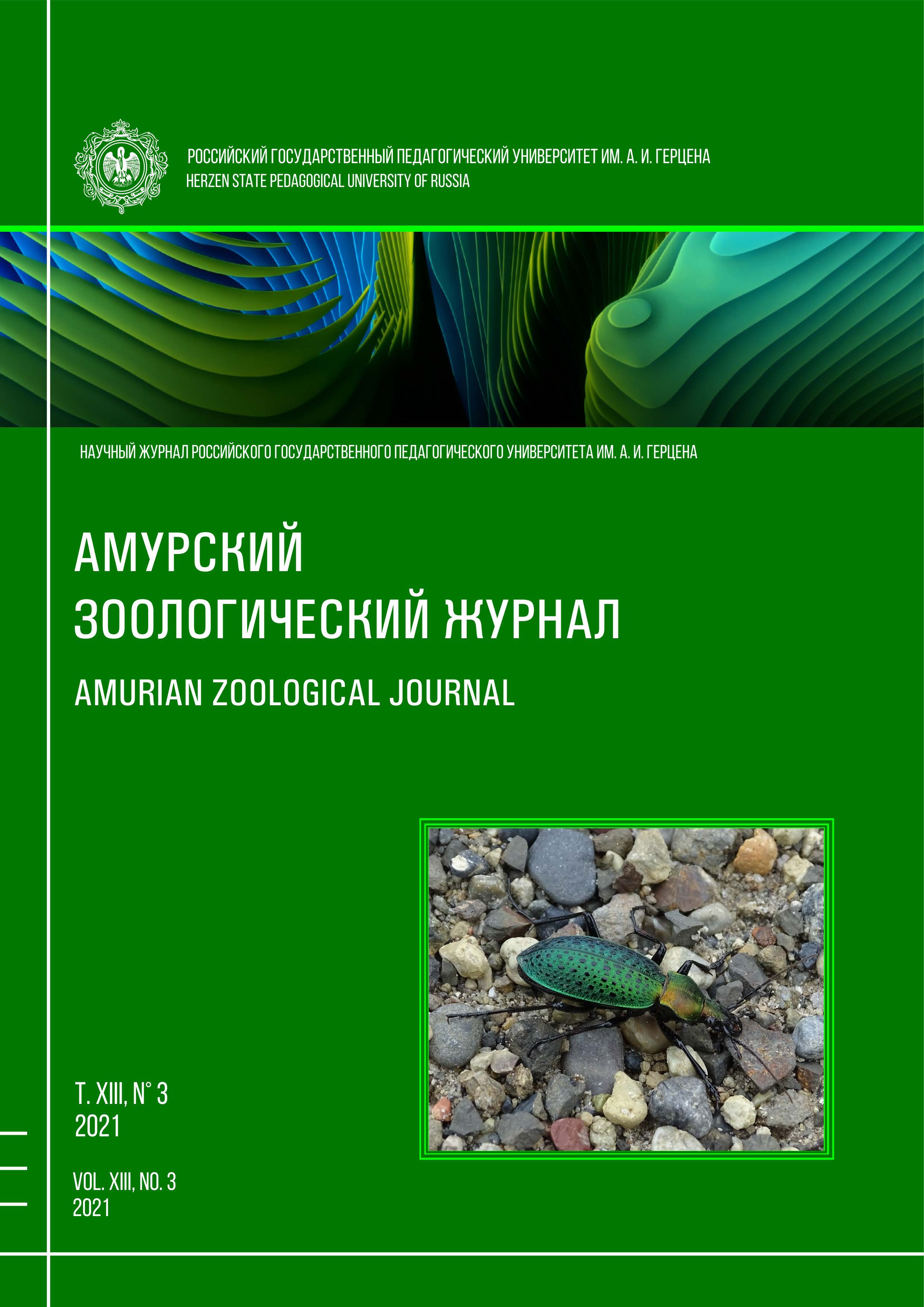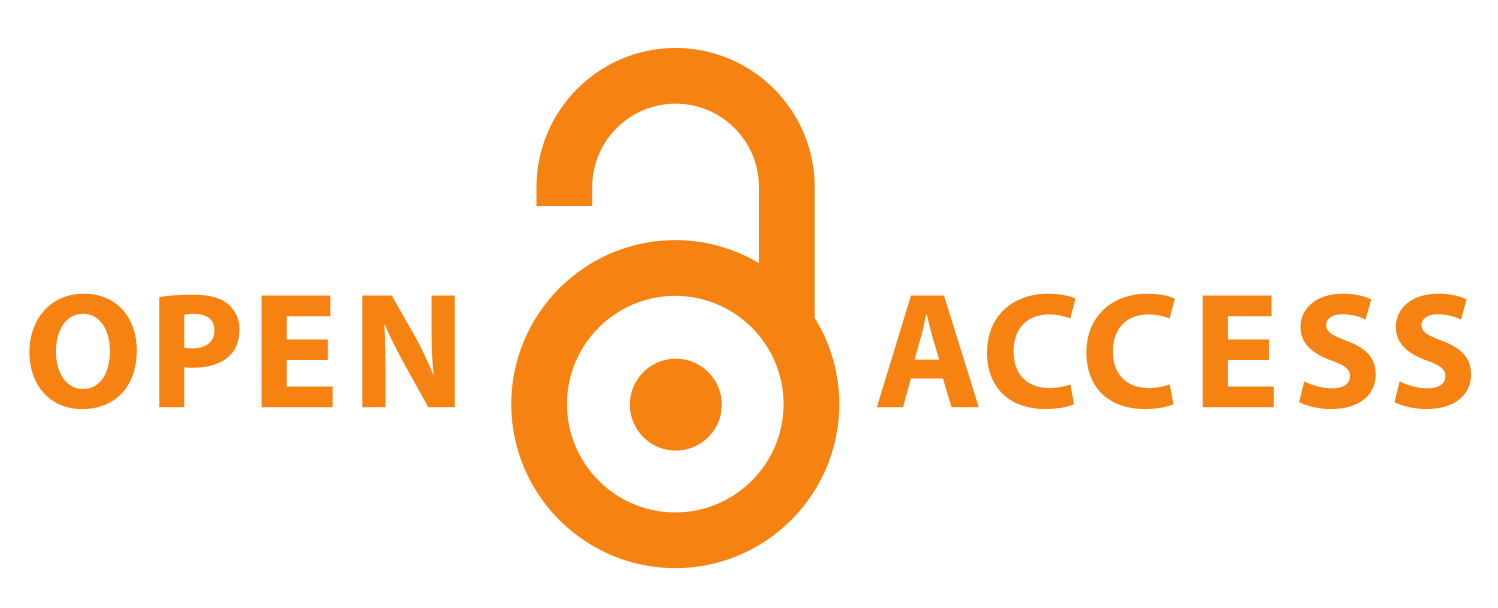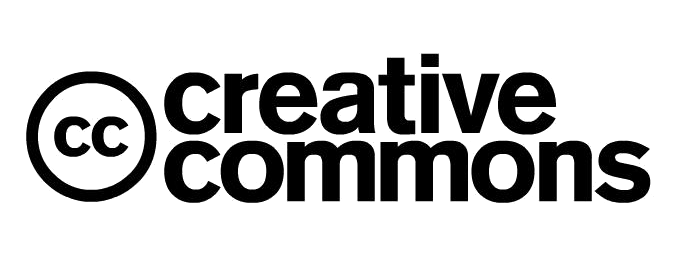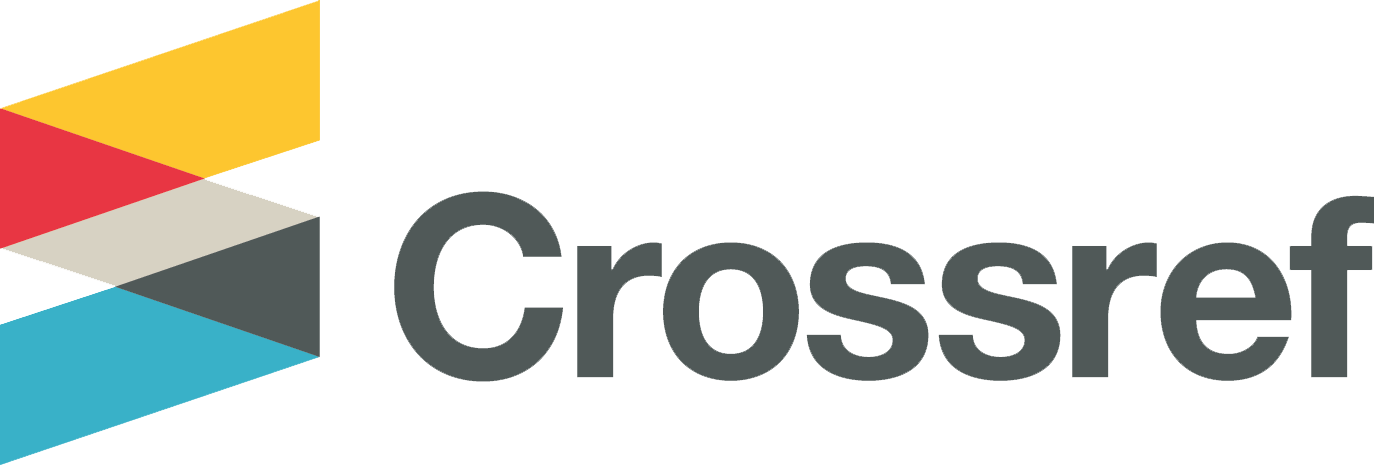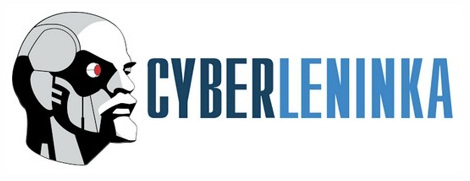Recent data on soil nematodes of the families Teratocephalidae and Metateratocephalidae from Primorsky Region, Russia
DOI:
https://doi.org/10.33910/2686-9519-2021-13-3-410-417Keywords:
Oplopanax elatus, soil, Mount Hualaza, Teratocephalus, Euteratocephalus, new species, new genusAbstract
In soil samples collected on Mount Hualaza in 2018 (Shkotovsky District, Primorsky Region), three nematode species of the families Teratocephalidae and Metateratocephalidae have been found among the roots of Oplopanax elatus: Teratocephalus lirellus Andrassy, 1969. Two species were identified as new to science. Euteratocephalus montanus sp. n. is distinguished from the other species of the genus by the position of amphids at the base of the head capsule and by the single ovary. Teratocephalon hexahamus gen.et sp. n. is distinguished from all known metateratocephalids by the umbrella-like head structure with hooks located near the mouth.
References
ЛИТЕРАТУРА
Ерошенко, А. С. (1973) Новые данные по таксономии семейства Teratocephalidae Andrassy (Nematoda). Зоологический журнал, т. 52, № 12, с. 1768–1776.
Парамонов, А. А. (1962) Основы фитогельминтологии: в 3 т. Т. 1: Происхождение нематод: Эколого-морфологическая характеристика фитонематод: Общие принципы таксономии. М.: Изд-во АН СССР, 479 с.
Парамонов, А. А. (1964) Основы фитогельминтологии: в 3 т. Т. 2: Частная таксономия фитонематод. М.: Наука, 446 с.
Andrassy, I. (1958) Erd- und Susswassernematoden aus Bulgarien. Acta Zoologica Academiae Scientiarum Hungaricae, vol. 4, no. 1-2, pp. 9–1 5.
Bostrom, S., Holovachov, O., Susulovsky, A. (2000) Study of Teratocephalidae (Nematoda) from the Ukraine. Description of a population Teratocephalus de Man, 1876 with a compendium on species from the “lirellus-group”. Russian Journal of Nematology, vol. 8, no. 2, pp. 139–145.
Karegar, A., de Ley, P., Geraert, E. (1997) Three teratocephalid nematodes from Iran. Fundamental and Applied Nematology, vol. 20, no. 5, pp. 459–471.
Swart, A., de Waele, D., Heyns, J. (1991) A review of the genus Euteratocephalus Andrassy, 1958, with a description of E. punctatus n. sp. Revue de Nematologie, vol. 14, pp. 551–563.
REFERENCES
Andrassy, I. (1958) Erd- und Susswassernematoden aus Bulgarien. Acta Zoologica Academiae Scientiarum Hungaricae, vol. 4, no. 1-2, pp. 9–1 5. (In German)
Bostrom, S., Holovachov, O., Susulovsky, A. (2000) Study of Teratocephalidae (Nematoda) from the Ukraine. Description of a population Teratocephalus de Man, 1876 with a compendium on species from the “lirellus-group”. Russian Journal of Nematology, vol. 8, no. 2, pp. 139–145. (In English)
Eroshenko, A. S. (1973) Novye dannye po taxonomii semejstva Teratotsephalidae Andrassy (Nematoda) [New data on the taxonomy of the family Teratocephalidae Andrassy (Nematoda)]. Zoologicheskij zhurnal, vol. 52, no. 12, pp. 1768–1776. (In Russian)
Karegar, A., de Ley, P., Geraert, E. (1997) Three teratocephalid nematodes from Iran. Fundamental and Applied Nematology, vol. 20, no. 5, pp. 459–471. (In English)
Paramonov, A. A. (1962) Osnovy fitogel’mintologii: v 3 t. T. 1: Proiskhozhdenie nematod: Ekologomorfologicheskaya kharakteristika fitonematod: Obshchie printsipy taksonomii [Fundamentals of the phytohelminthology: In 3 vols. Vol. 1: Origin of nematodes: Ecological and morphological characteristics of plant nematodes: General principles of taxonomy]. Moscow: USSR Academy of Sciences Publ., 475 p. (In Russian)
Paramonov, A. A. (1964) Osnovy fitogel’mintologii: v 3 t. T. 2: Chastnaya taksonomiya fitonematod [Fundamentals of the phytohelminthology: In 3 vols. Vol. 2: Private taxonomy of phytonematodes]. Moscow: Nauka Publ., 446 p. (In Russian)
Swart, A., de Waele, D., Heyns, J. (1991) A review of the genus Euteratocephalus Andrassy, 1958, with a description of E. punctatus n. sp. Revue de Nematologie, vol. 14, pp. 551–563. (In English)
Downloads
Published
Issue
Section
License
Copyright (c) 2021 Tamara I. Mukhina

This work is licensed under a Creative Commons Attribution-NonCommercial 4.0 International License.
The work is provided under the terms of the Public Offer and of Creative Commons public license Creative Commons Attribution 4.0 International (CC BY 4.0).
This license permits an unlimited number of users to copy and redistribute the material in any medium or format, and to remix, transform, and build upon the material for any purpose, including commercial use.
This license retains copyright for the authors but allows others to freely distribute, use, and adapt the work, on the mandatory condition that appropriate credit is given. Users must provide a correct link to the original publication in our journal, cite the authors' names, and indicate if any changes were made.
Copyright remains with the authors. The CC BY 4.0 license does not transfer rights to third parties but rather grants users prior permission for use, provided the attribution condition is met. Any use of the work will be governed by the terms of this license.
